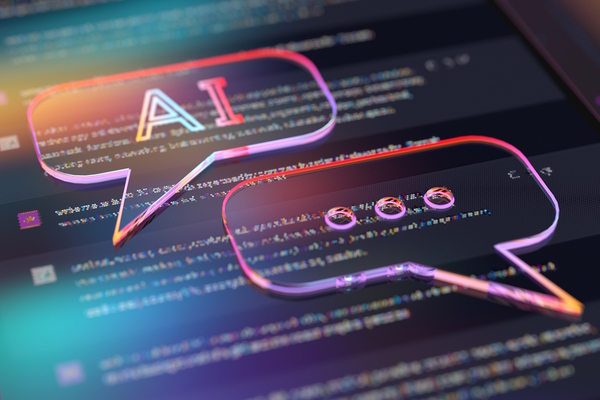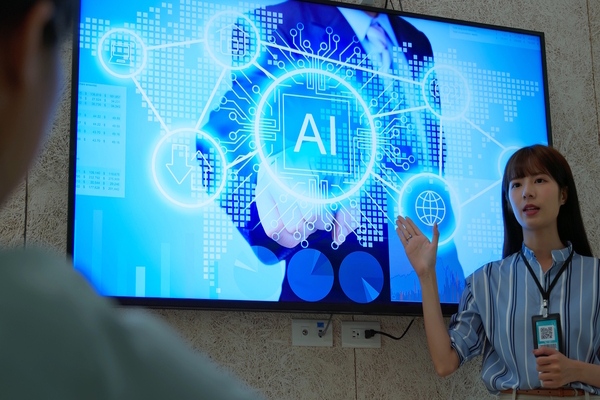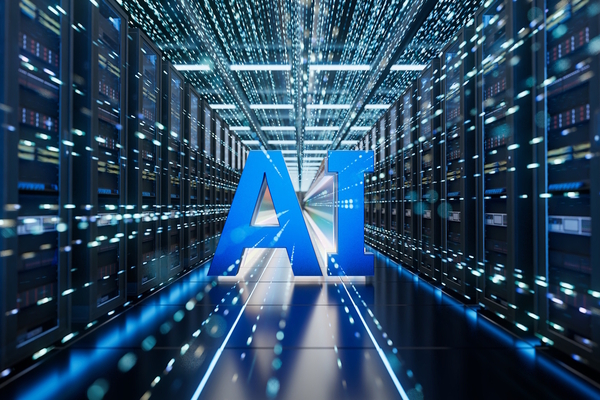AI and employee training

Mark Rodseth at CI&T explains how to develop an ultra-productive, AI-first workforce
Artificial intelligence (AI) stands at the forefront of both excitement and apprehension. Despite sensationalist headlines about AI taking over our jobs and our world, it’s crucial to remember AI’s true purpose: augmentation, not replacement. Generative AI (GenAI) isn’t here to steal our roles; it’s here to enhance them, offering prompts, suggestions, ideas, and shouldering administrative burdens, liberating us to do more creative and fulfilling work.
But to unlock these benefits, we need to know how to harness AI in the right way.
Recent studies underscore the urgency: though 70% of workers worldwide are already using GenAI, over 85% feel they need training to address the changes AI will bring. Others simply aren’t even aware of its capabilities—I’ve personally spoken to software developers who still aren’t using AI, when it could in fact help get their jobs done three times as fast, to a higher quality, and let them knock off early.
It’s apparent that people haven’t discovered, or been given the opportunity to discover, the huge avalanche of materials and tools out there to help them. Bridging this gap demands a concerted effort to educate, empower, and motivate the workforce. But how does an organisation truly become AI-first?
Unlocking your business’s AI potential
Finding time to learn at all can be difficult. That’s why it’s essential for managers to actively support their people and provide tangible opportunities for growth. Creating a culture of continuous learning means offering employees access to educational materials, guidance, and updates.
Additionally, creating ‘community opportunities’ where employees can share their AI experiences, challenges, and ideas with peers can foster a collaborative learning environment.
Some organisations are launching upskilling training and certification programmes to turn employees into GenAI experts. Upon completion of these courses, graduates receive formal qualifications, acknowledging their proficiency in AI. These training paths serve as catalysts for propelling businesses and employees into an AI-first future. In industries where AI adoption is becoming increasingly critical, mastering GenAI is key to staying competitive.
By ensuring that entire teams are equipped with the same level of AI knowledge and understanding, organisations can maximise the utility of AI tools.
Roadblocks to AI fluency
But the path to AI fluency is not without its challenges. Many organisations grapple with the sheer scale of change and the investment of time required. Moreover, there is a pervasive fear of job displacement, amplified by misconceptions about AI’s capabilities. Addressing these concerns demands a holistic approach—one that not only imparts technical skills but also cultivates a mindset of collaboration and innovation.
True AI mastery requires a diverse ecosystem of talent and ideas. Organisations must actively engage with employees, partners, and customers, offering not just solutions but also insights into the potential of AI. By fostering a culture of continuous learning and experimentation, we can collectively work towards futureproofing our workforce and empowering them to lead the path of innovation.
Benefits of an AI-first approach
The benefits of this approach are manifold. By embracing AI, organisations can streamline operations, enhance decision-making, and even unlock entirely new revenue streams. Take for instance the realm of customer experience. By leveraging AI-powered insights, companies can personalise interactions, anticipate needs, and deliver seamless service—a win-win for both businesses and consumers.
But perhaps the most significant impact of AI lies in its capacity to democratise innovation.
Traditionally, the realm of AI has been confined to tech giants and research institutions. However, with the proliferation of accessible tools and resources, the barriers to entry are diminishing. This democratisation not only fosters competition but also spurs creativity, as diverse voices and perspectives converge to solve complex challenges.
Yet, amidst the promise of AI, ethical considerations loom large. From bias in algorithms to concerns about data privacy, navigating the ethical landscape of AI requires vigilance and accountability. Organisations must not only prioritise transparency and fairness but also empower individuals to question and challenge the status quo.
The path to success
In this AI-centric landscape, success isn’t about replacing human ingenuity—it’s about enhancing it. With the right training and tools, organisations can shape a future where AI isn’t a threat but a catalyst for growth.
As we stand on the cusp of a new era, the choice is clear: adapt and thrive or risk being left behind. The journey may be daunting, but the rewards are boundless—for those bold enough to seize them.
Mark Rodseth is VP of Technology, EMEA at CI&T
Main image courtesy of iStockPhoto.com and Thinkhubstudio

Business Reporter Team
Most Viewed
Winston House, 3rd Floor, Units 306-309, 2-4 Dollis Park, London, N3 1HF
23-29 Hendon Lane, London, N3 1RT
020 8349 4363
© 2025, Lyonsdown Limited. Business Reporter® is a registered trademark of Lyonsdown Ltd. VAT registration number: 830519543





